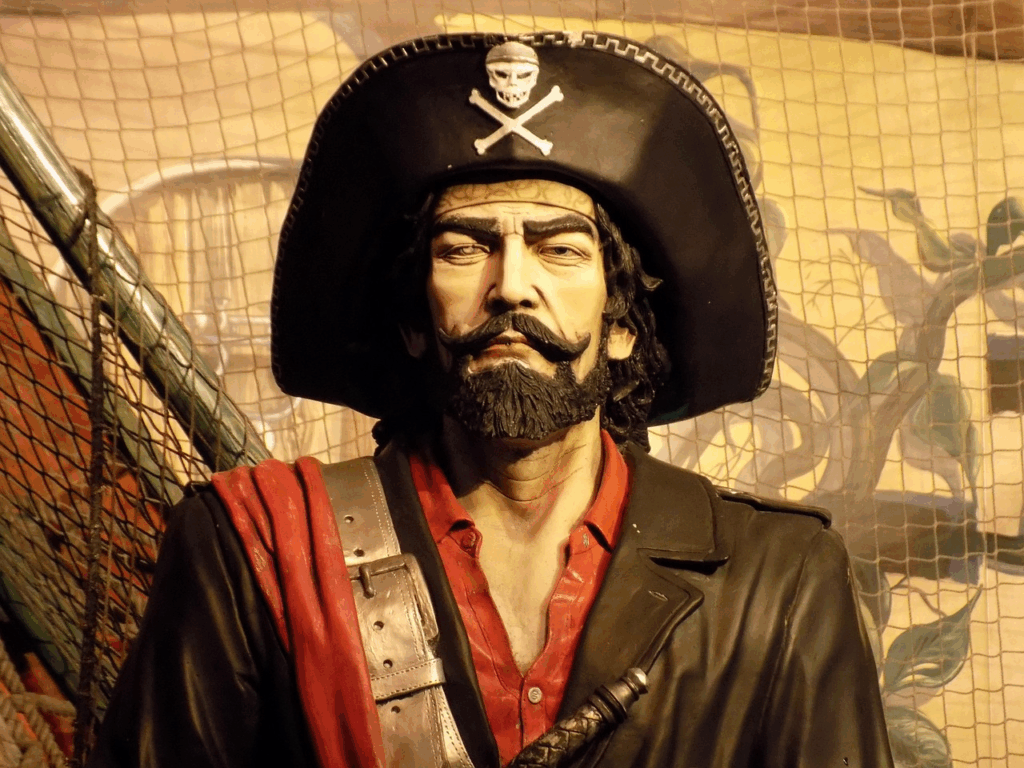Some food pairings feel so natural that it’s hard to imagine a time before they existed. Peanut butter and jelly. Fries and ketchup. Cookies and milk. These duos have become classics not just because they taste good, but because they tell stories—of trade, technology, and changing cultures.
The history of food pairings was born by accident, necessity, or clever marketing, forever shaping how we eat. Behind every familiar combo is a surprising story of how two simple ingredients became inseparable.
From Sandwich Experiments to School Lunch Legends
Few food pairings are as iconic as peanut butter and jelly. Yet, it didn’t become a staple until the 20th century. Peanut butter was first promoted as a health food in the late 1800s, served in upscale tea rooms. Jelly, on the other hand, was a way to preserve fruit before refrigeration was available. The two came together during World War II, when U.S. soldiers were issued both in their rations. The combo was cheap, shelf-stable, and comforting. After the war, returning soldiers brought the habit home, and PB&J quickly became an American classic.
Cookies and milk have a similar comfort-driven story. The combination gained traction in the early 1900s, when home baking and dairy consumption were on the rise. Food brands like Nabisco capitalized on the pairing by advertising their cookies as “perfect with a glass of milk,” reinforcing the bond through generations of nostalgic snackers. It wasn’t chemistry that made them perfect partners. It was marketing, memory, and the universal appeal of sweetness and warmth.
Fries and ketchup, meanwhile, trace their origins to European street food. French fries were likely first popularized in Belgium and France, eaten with vinegar or mayonnaise. When they reached America, ketchup, a mixture of tangy tomato sauce with roots in Asian fish brines, took over. By the 20th century, fast-food chains like McDonald’s standardized the combo, cementing it as a global comfort food.
See History’s Weirdest Coincidental Inventions for more happy accidents that changed everyday life.
How Culture and Chemistry Create Pairings
Not all iconic food combinations are coincidental. Some are the result of flavor chemistry. Scientists studying “flavor pairing theory” found that ingredients sharing similar chemical compounds often taste good together. Chocolate and coffee, for example, both contain roasted, bitter notes that complement each other. As another example, basil and tomato share aromatic molecules that enhance flavor harmony, explaining why Italian cuisine feels intuitively correct.
But culture often overrides chemistry. In Western cooking, foods that share similar compounds are frequently paired together. In Eastern traditions, the opposite is true. Contrasting flavors and textures are favored. That’s why soy sauce and ginger, or chili and lime, work so well despite having few shared chemical notes.
Some pairings were born from practicality. In Japan, sushi and wasabi emerged not just for flavor, but for preservation—wasabi’s antibacterial properties helped keep raw fish safe before refrigeration. In India, rice and lentils combine perfectly from a nutritional standpoint, providing all essential amino acids in one dish.
Check out How Coffee Took Over the World to see how one ingredient’s journey reshaped global tastes.
How Marketing Made Them Timeless
Many “natural” pairings owe their fame to advertising ingenuity. Cereal and milk became inseparable thanks to Kellogg’s marketing in the early 1900s, which positioned breakfast cereal as a modern, health-conscious alternative to meat-heavy meals. Similarly, marshmallows and sweet potatoes only became a Thanksgiving staple after a 1917 recipe pamphlet from a marshmallow company suggested combining them.
Even coffee and donuts—a pairing so ingrained it’s cliché—owe their rise to diners and highway culture in mid-20th-century America. The combo symbolized speed, affordability, and comfort, embodying the postwar spirit of convenience.
From war rations to clever branding, the world’s favorite food duos reveal how taste is shaped as much by history and habit as by the palate. They remind us that some of our simplest pleasures were never random. These pairings were the result of cultures, scientists, and storytellers all seasoning the same pot.
Explore How Fast Food Changed the Way We Talk About Time to know how convenience culture redefined eating habits.




